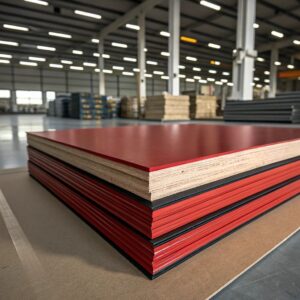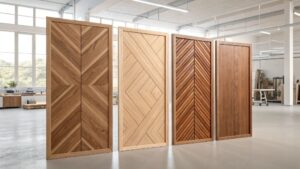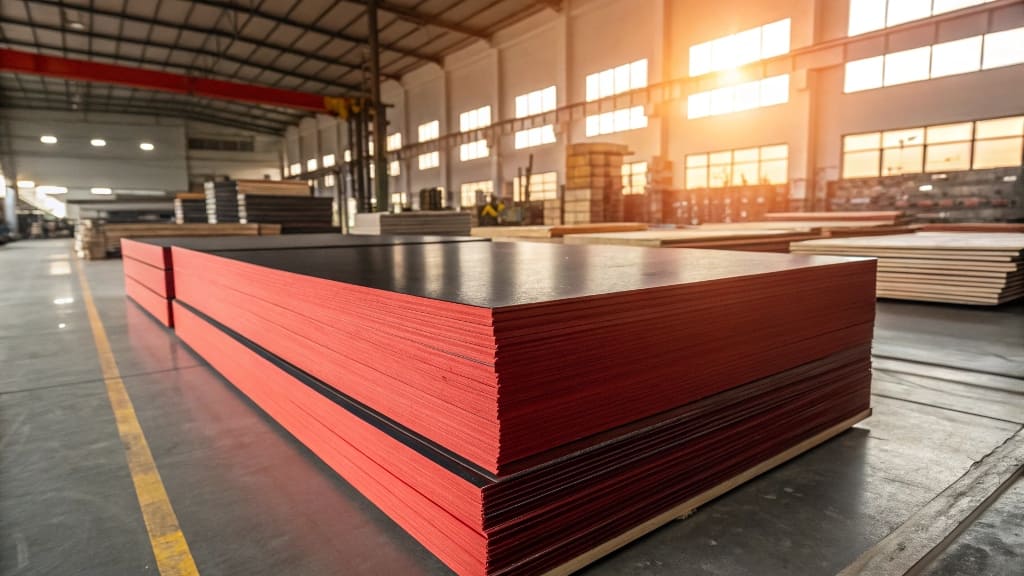
Many first-time buyers ask me the same question: what’s the real difference between red and black film faced plywood? As a factory in China with 8 production lines, I have exported both types to different countries for years. In this article, I will explain the basic differences, give real insights from the factory floor, and help you make the right decision if you’re importing for furniture, construction, or resale business.
1. Red vs Black Film Faced Plywood
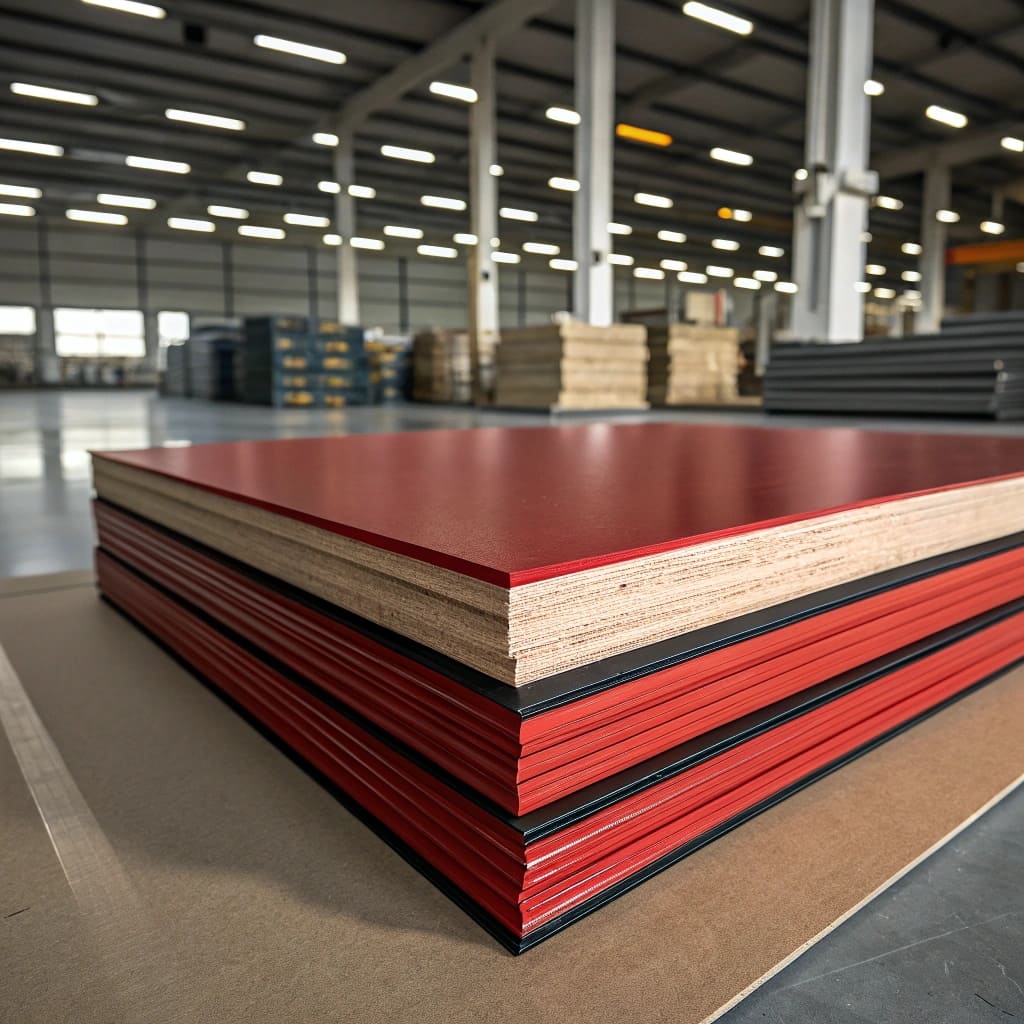
Red and black film1 faced plywood mainly differ in the color and quality of their surface film. Black film is usually made from imported kraft paper and offers better durability. Red film is often local paper, more cost-effective, and still suitable for general use. Your choice depends on your budget, application, and end market.
2. Why Color Is Not Just About Looks
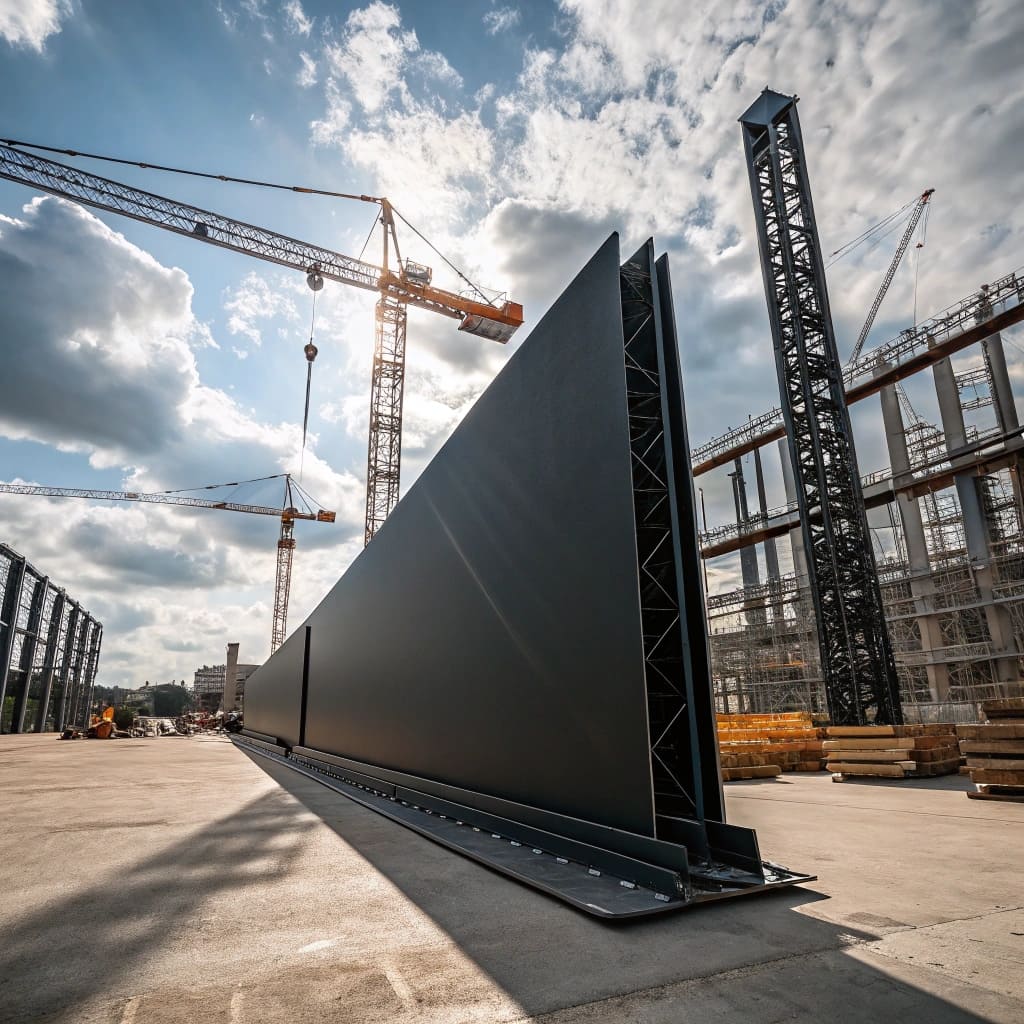
Color = Branding, Recognition, and Application
Many buyers think the red or black color is just for looks. That’s not true. In reality, color often tells us about the film type, paper source, and even the intended market.
In most cases, black film is used for high-strength formwork, especially in big construction projects. It is more popular in Europe and the Middle East. Red film is common in South America and parts of Africa, where buyers need a more economical option.
I’ve noticed that some customers choose color just to match their brand. A buyer from Ecuador once told me that his clients trusted red film because that’s what they saw in local stores. Another client from Saudi Arabia only bought black film because his engineers believed it was stronger.
3. Film Paper Quality and Durability
Imported vs Local Paper
The film on top of the plywood plays a key role. Red and black films are made from different kinds of paper.
| Feature | Red Film | Black Film |
|---|---|---|
| Film Paper Source | Mostly local Chinese paper | Mostly imported kraft paper |
| Durability | 5-7 uses (depending on project) | 8-12 uses (with care) |
| Surface Strength | Medium | High |
| Resistance to Tear | Lower | Higher |
Red film is usually thinner. It performs well for furniture base or short-term formwork. Black film uses thicker kraft paper, pressed under higher temperature. That’s why black film has a stronger bond and resists scratches better.
Why This Matters for Exporters
When Cathy, my buyer from Canada, asked for plywood for multi-time usage in concrete formwork, I suggested black film. She told me the first batch worked better than her past suppliers. Her local builders liked the dark surface because it looked clean and strong, even after many uses.
4. Water Resistance and Outdoor Use
Is One More Waterproof?
Yes. Although both red and black film faced plywood are waterproof, black film tends to perform better in high humidity or rainy conditions.
| Test Type | Red Film Result | Black Film Result |
|---|---|---|
| Boiling Water (72 hrs) | Some edge swelling | Minimal edge change |
| Surface Peeling Test | Light peeling | No peeling |
| Cold Weather Test | Small cracks | No cracks |
This makes black film a better option for countries like Canada, Germany, or the UK. Red film works well in indoor use or dry climates.
I always tell buyers: don’t just ask for “waterproof plywood.” Ask how many hours it was tested, what glue was used (we use WBP or MR glue), and what lab did the test. That’s the only way to be sure.
5. Price Comparison and Market Trend
Cost Difference
Red film faced plywood is usually cheaper. On average, it is $1–$2 per sheet less than black film.
| Size | Red Film (FOB) | Black Film (FOB) |
|---|---|---|
| 1220x2440x18mm | $9.80–$11.00 | $11.20–$12.80 |
How I Help Buyers Balance Cost and Quality
Many importers worry about cost. I get that. But I always advise them to calculate total usage cost, not just per sheet price. Black film may cost more, but lasts longer. In the end, cost per use could be lower.
For Cathy, she first ordered red film plywood because of the lower price. But after some end users complained about swelling edges, she switched to black film. Her profit margin improved because returns dropped.
6. Which Film Is Popular in Your Region?
Regional Preferences from My Export Experience
| Region | Preferred Film | Reason |
|---|---|---|
| South America | Red Film | Budget-focused, general formwork |
| North America | Black Film | High demand for durability |
| Africa | Red Film | Competitive pricing |
| Middle East | Black Film | Harsh conditions, longer reuse |
| Europe | Black Film | Strict quality requirements |
In Chile, I often ship red film plywood with MR glue. In Germany, we send black film plywood with WBP glue and anti-slip surface.
Knowing your market helps a lot. That’s why I always ask new clients about their end users. I suggest samples and let them test before placing big orders.
7. How to Choose: 5 Simple Tips from a Manufacturer
My Top Tips to Help You Decide
- Know your usage – Red film is fine for furniture or light formwork. Black film is better for tough jobs.
- Ask for lab reports – Always check waterproof tests, glue type, and film thickness.
- Think about the climate – Wet, cold areas need black film.
- Check packaging – Ask if your supplier uses plastic wrap, pallets, edge protectors.
- Don’t guess – test! – Start with 1 container mixed red and black. Let your clients decide.
I have helped over 200 clients pick the right type. Some even switched from red to black after field testing. Others did the opposite to save cost.
8. Why Buy From ACEALL?

I’m not a trader. I work in the factory. That means I control every part of the production process—from paper selection to final inspection.
Here’s what my clients get:
- Real factory price
- Stable quality (we inspect every sheet)
- Low MOQ for new buyers
- Fast delivery, even in peak season
- Professional English-speaking team
- Custom branding and packing
9. Conclusion
Choosing between red and black film faced plywood is more than just picking a color. You need to think about your market, your budget, and how your buyers will use it. I hope this guide gives you a clear answer. If you still have questions or want to try samples, feel free to email me at sales@aceallwood.com. I’m happy to help you choose the best product for your business.
-
Explore this link to understand why black film faced plywood is preferred for durability and quality in construction. ↩


